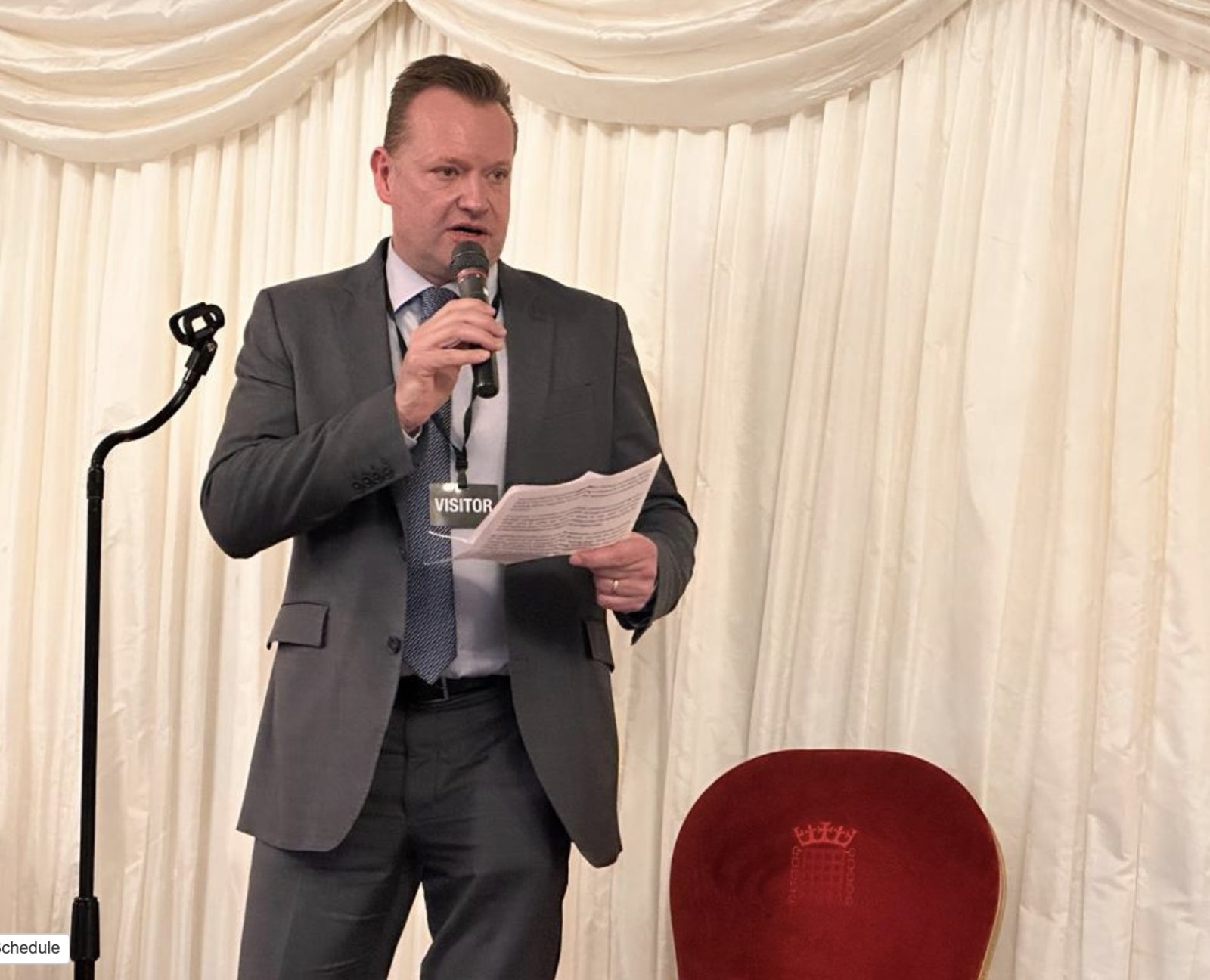How are we looking after our vulnerable people?

By Jon Vanstone, chair, Certass Trade Association.
In an industry shaped by technical standards, innovation, and operational efficiency, it is vital that we do not overlook the human dimension of our work.
The way we treat people, particularly those experiencing vulnerability, is increasingly recognised as a key indicator of trustworthiness and integrity.
As our social and economic environment becomes more uncertain, consumers, residents, and workers alike are seeking reassurance. This reassurance comes not only from the quality of our products or services, but from the values we demonstrate through our behaviours and culture.
The COVID-19 pandemic brought this conversation into sharp focus. Businesses across the home improvement and construction sectors faced new challenges in safeguarding and supporting residents, particularly elderly individuals, those who were immunocompromised, or those understandably anxious about working in the home.
In many cases, what was previously understood as ‘good customer service’ evolved into a visible demonstration of care, empathy, and professionalism. These lessons remain highly relevant today and must continue to shape our sector’s approach moving forward.
Understanding vulnerability
Vulnerability is not a fixed label, it is circumstantial and often temporary. Illness, bereavement, job loss, disability, or changes in family structure can all alter a person’s ability to interact confidently and safely with service providers.
In such situations, individuals’ tolerance for risk declines, their need for clarity and respect increases, and their reliance on reliable communication becomes paramount.
As a sector, we must ask: how do we respond to these needs? Are we equipping our workforce from frontline operatives to senior managers with the training, confidence, and organisational permission to adapt their behaviour with sensitivity? Are we embedding safeguarding as a proactive culture, rather than treating it as a compliance obligation?
A shared responsibility
This is not only a matter of conscience, but one of long-term resilience. Respectful treatment fosters trust, and trust sustains reputations. When individuals feel safe, understood, and valued, they are more likely to remain loyal, to recommend our services, and to support our sector’s ongoing evolution. In this sense, inclusivity is both an ethical imperative and a strategic opportunity.
Yet, supporting vulnerable people must not be viewed through a solely commercial lens. At Certass, we believe our collective purpose must centre on dignity, fairness, and service to the public good. These values must be evident not only in our customer interactions, but also in how we design our systems, train our teams, and uphold professional standards.
Embedding inclusion
The way a business presents itself, from its website to its promotional materials, speaks volumes. If our communication strategies are designed only with confident, digitally literate consumers in mind, we risk excluding a significant portion of the population.
Accessibility, transparency, and clarity are more than just legal obligations; they are essential to building lasting relationships with all consumers.
Across our membership, we are encouraged by examples of best practice, where teams allow additional time for decision-making, involve carers in discussions, or simply adjust their tone and approach to suit the needs of an individual. These small actions are not just operational choices; they are markers of the sector we aspire to be.
We must also ensure that this ethos of care extends beyond the customer. Vulnerability can exist within our workforces too among apprentices, subcontractors, and staff members experiencing mental health challenges or personal hardship. A trustworthy business culture is one that upholds integrity, consistency, and kindness both internally and externally.
Moving forward together
As the regulatory environment continues to evolve, including the work of the Building Safety Regulator (BSR) and wider policy frameworks, our sector has a unique opportunity to lead by example. We must look beyond minimum compliance and instead shape an industry culture that values people as much as performance.
We therefore encourage all stakeholders to:
- Embed vulnerability awareness into training and induction programmes.
- Co-design solutions with those who have lived experience of vulnerability.
- Review communication channels for accessibility and clarity.
- Align marketing promises with frontline service delivery.
- Build inclusive, supportive internal cultures across all business sizes.
These are not actions to be undertaken in isolation, but collectively. Through shared learning, coordinated leadership, and mutual accountability, we can raise the standard for what care and competence look like in practice.
Being trustworthy is not something to be claimed in a slogan. It is demonstrated consistently in the decisions we make, the policies we adopt, and the humanity we bring to every interaction.
Now is the time to ask, as a unified sector: how are we showing up for those who need us most?